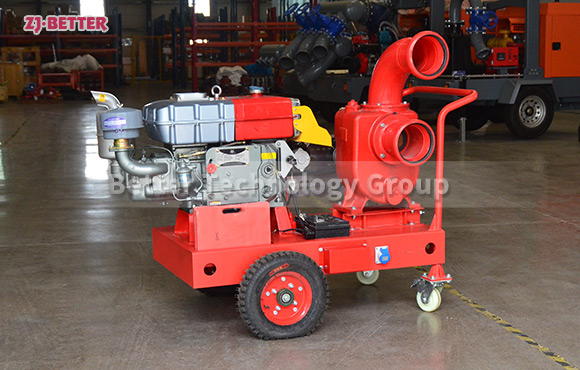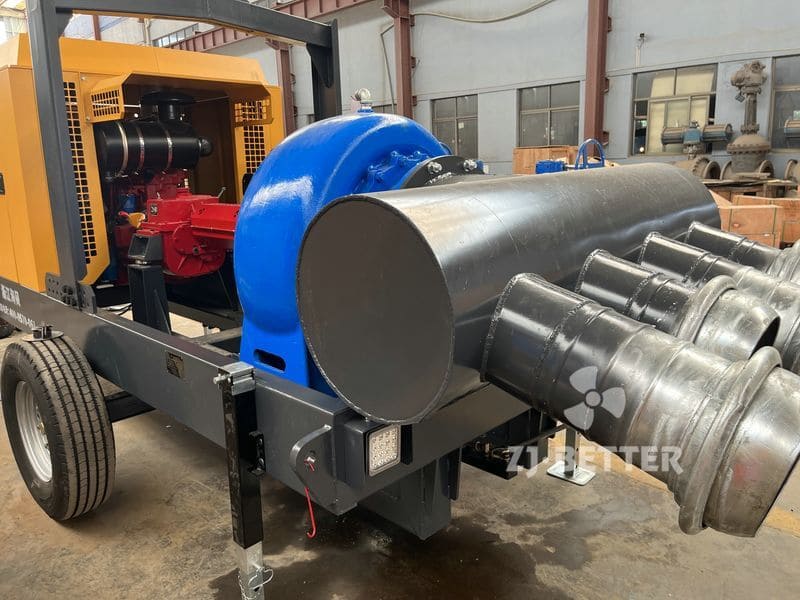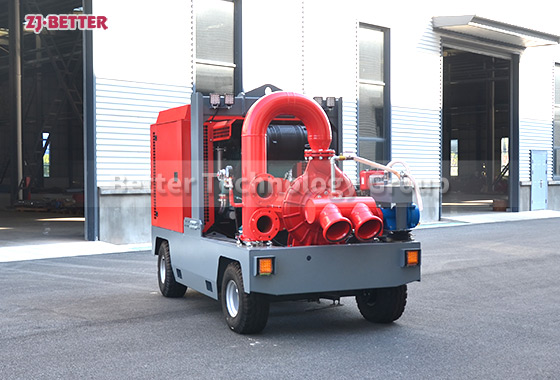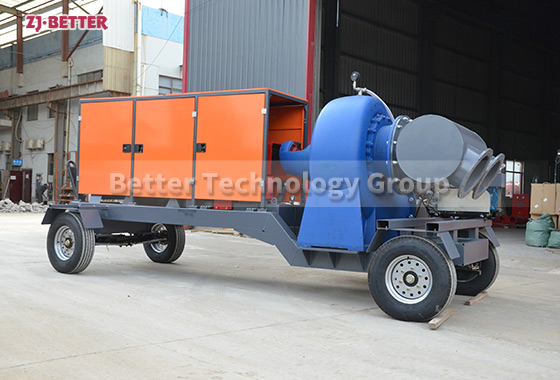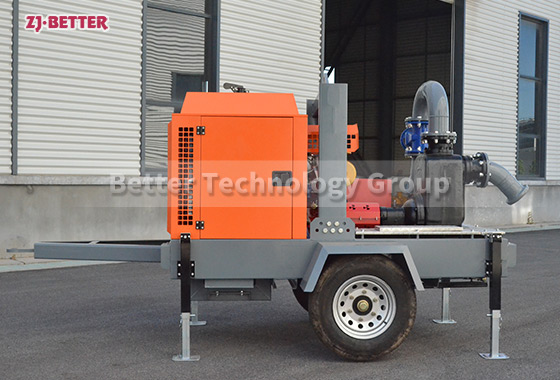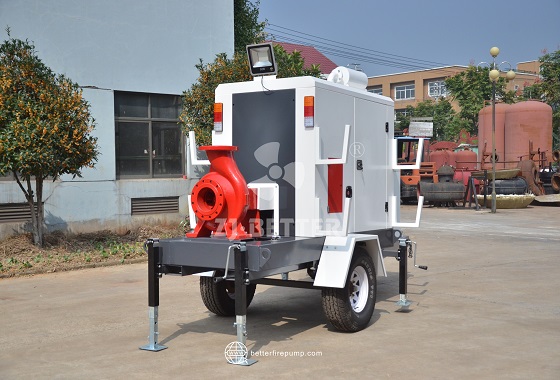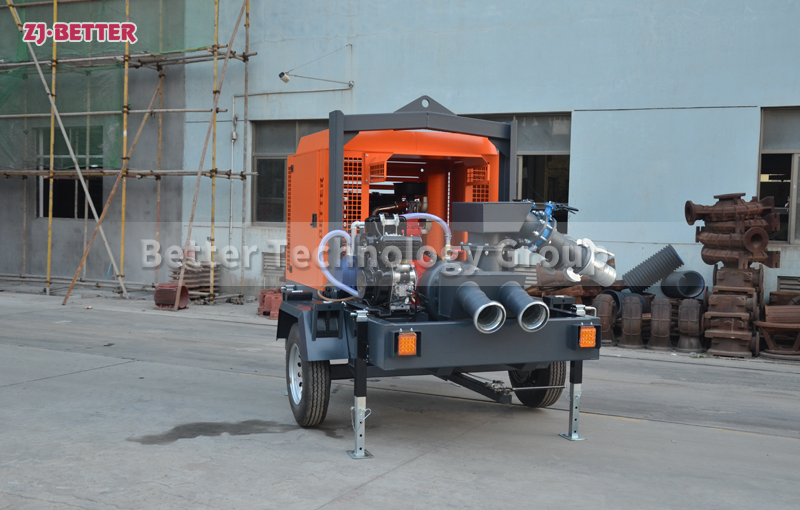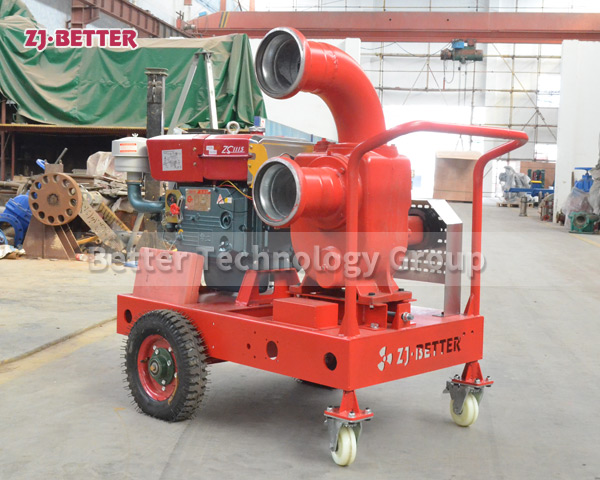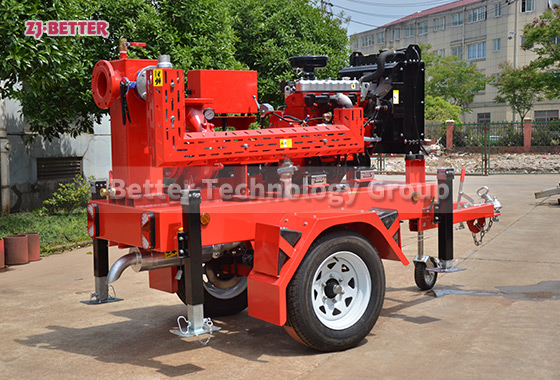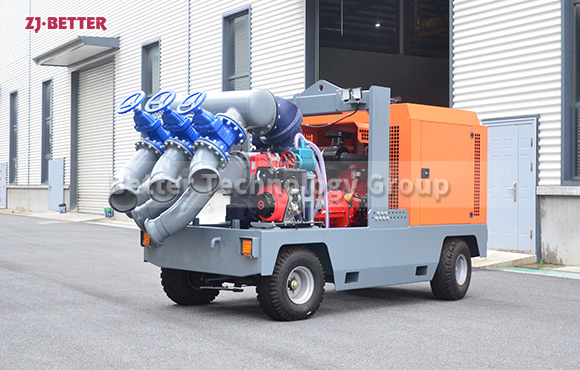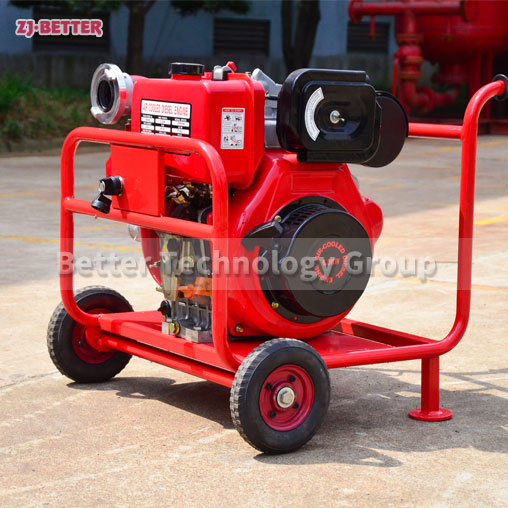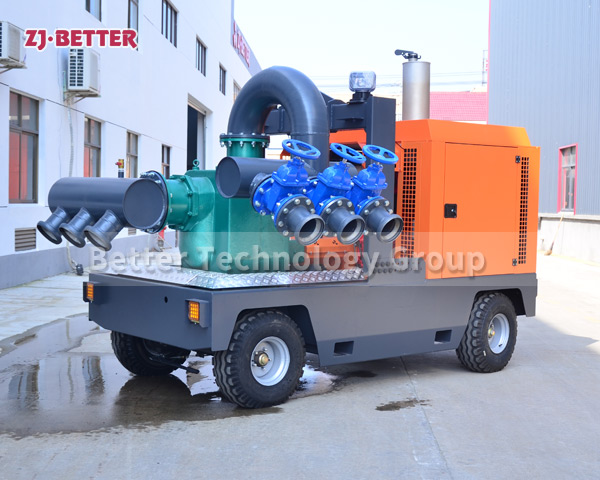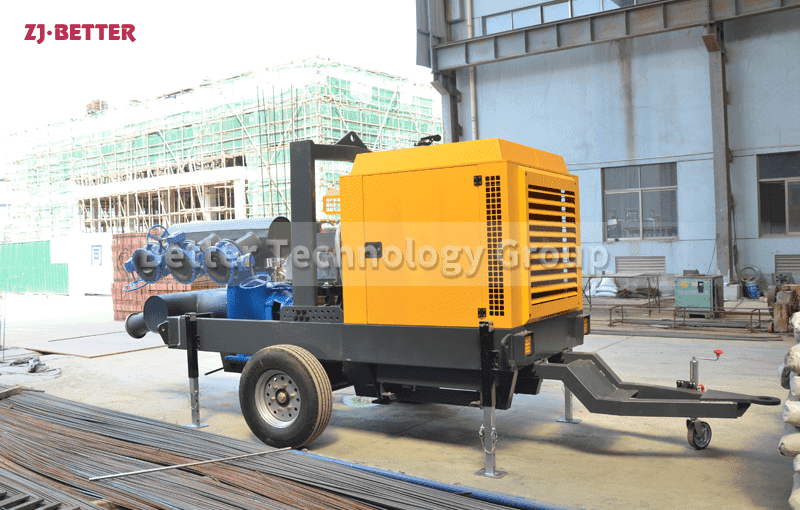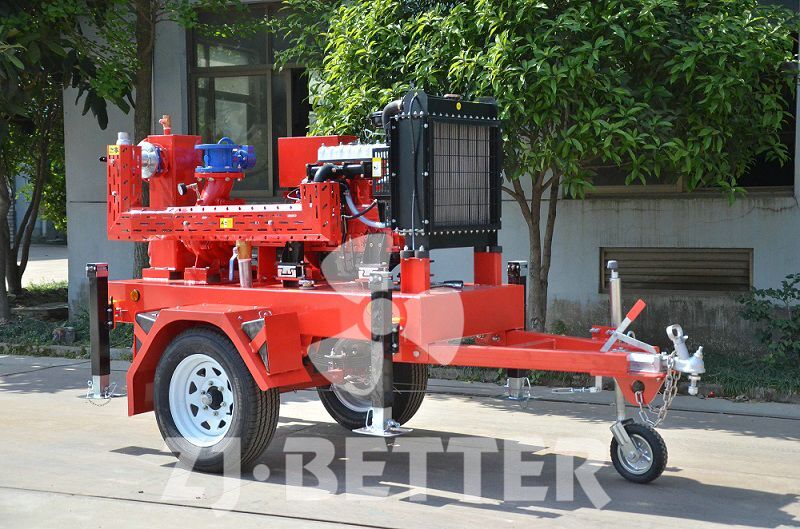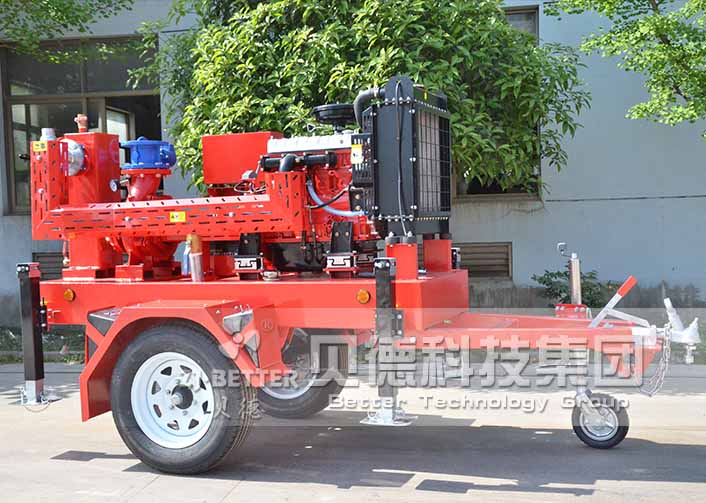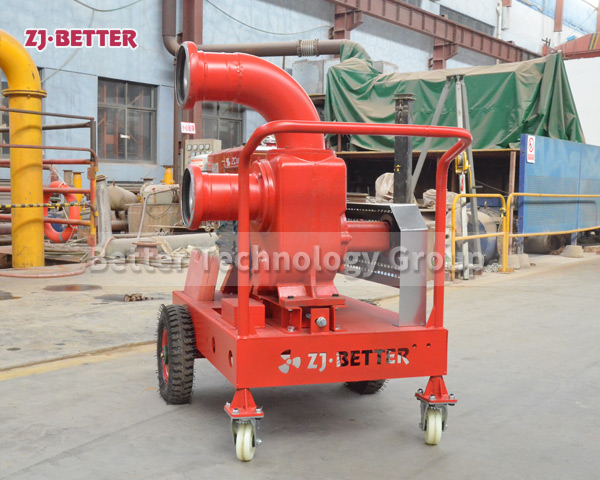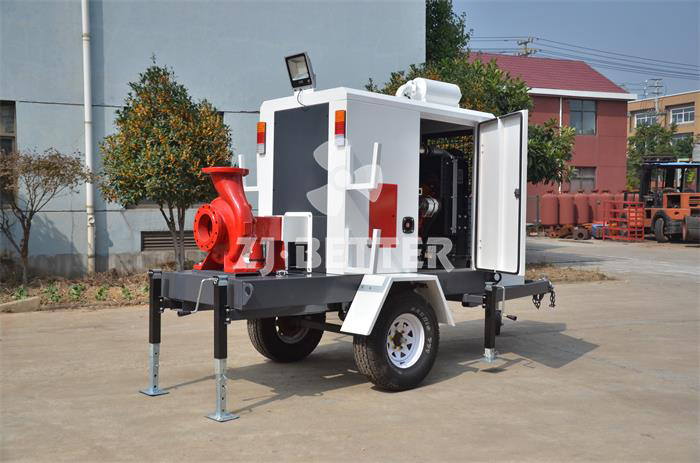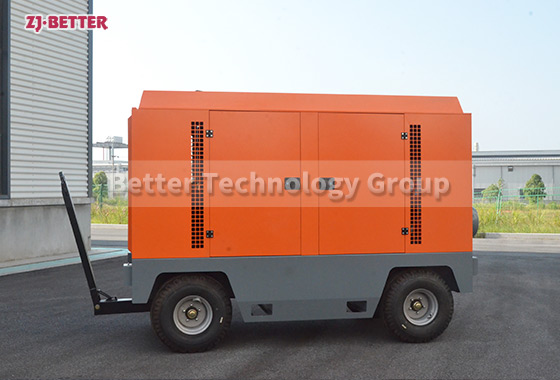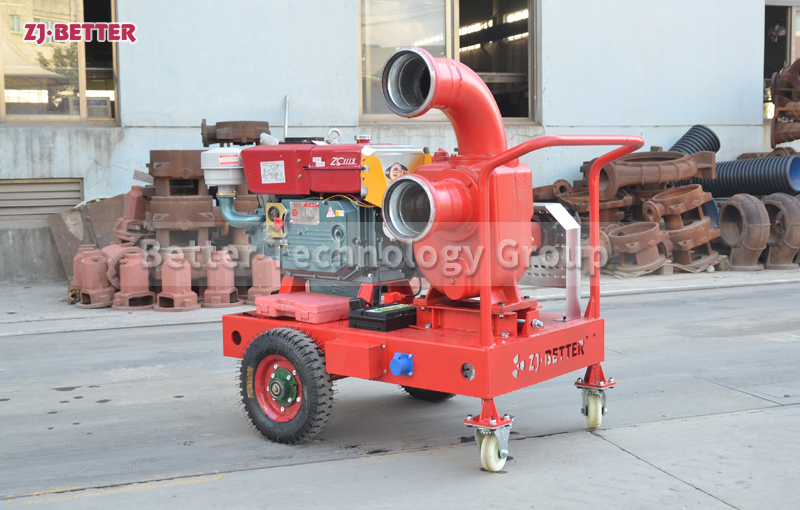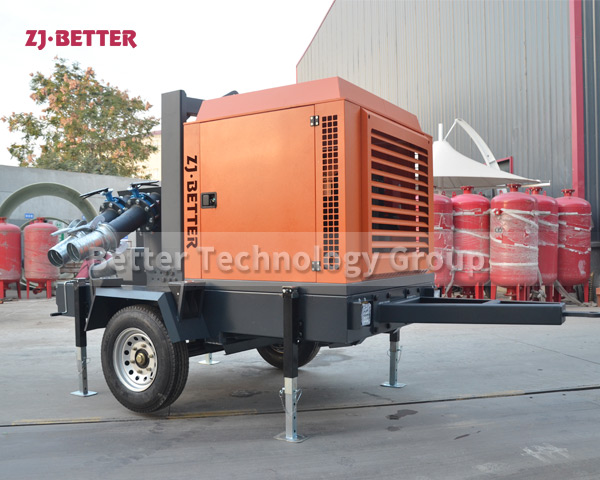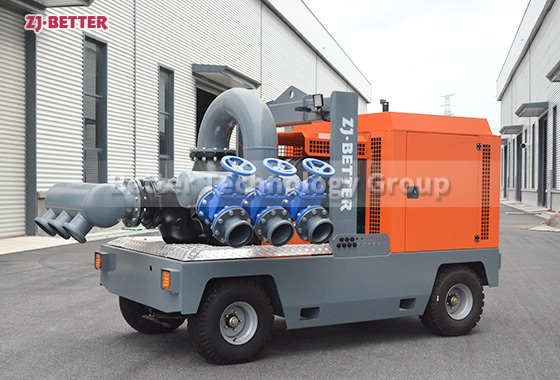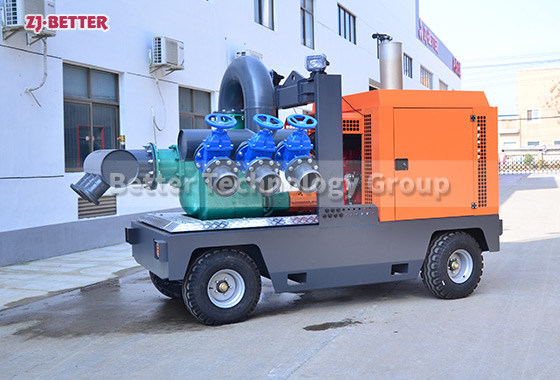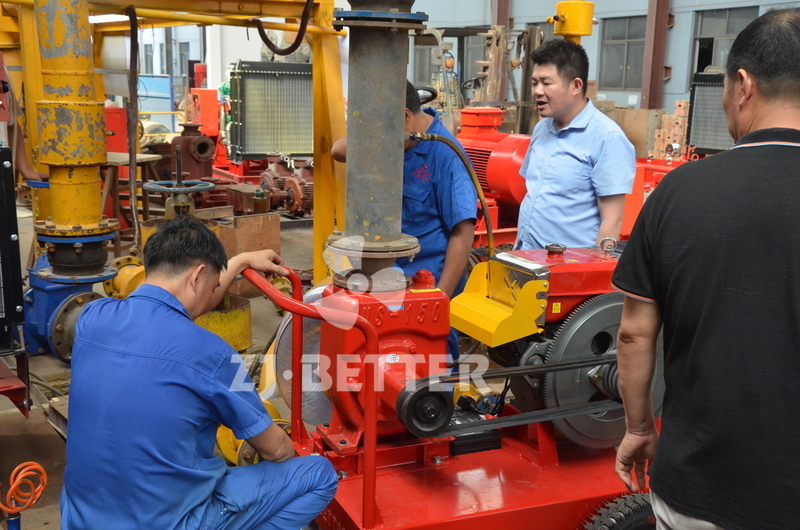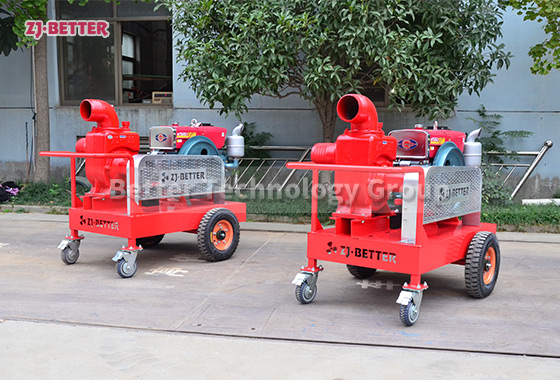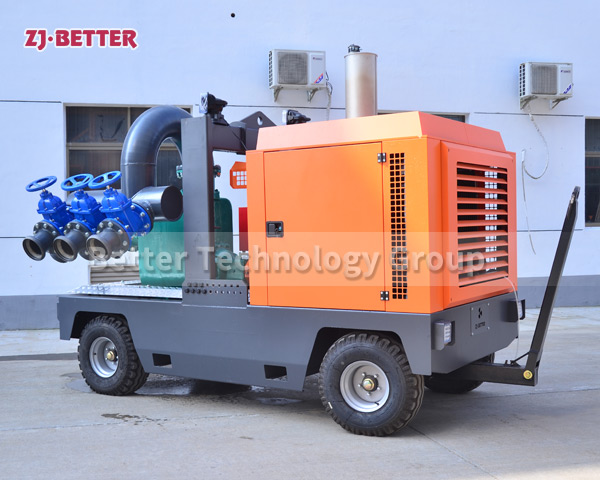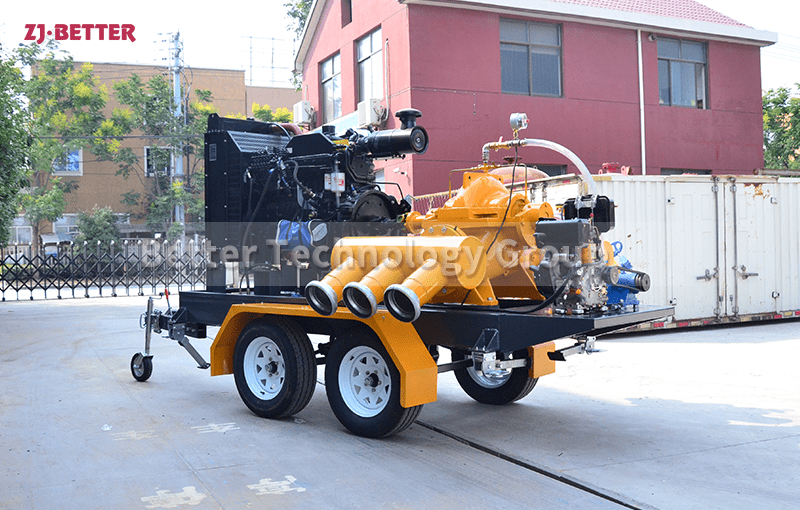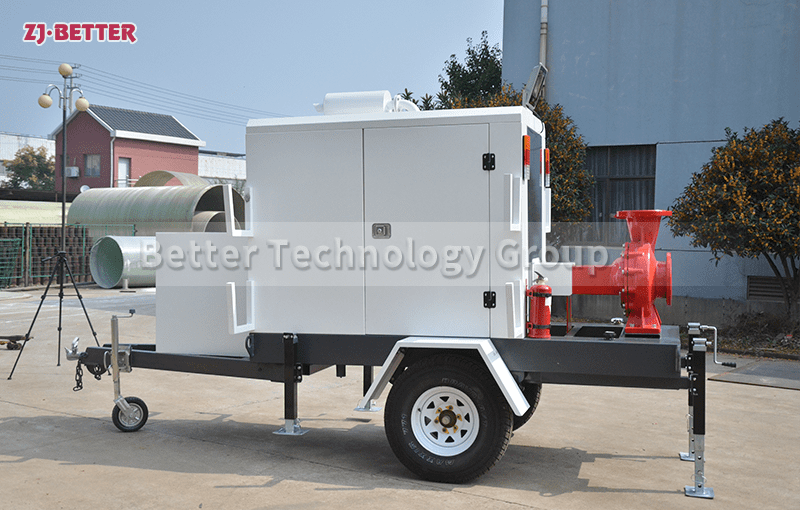What factors should be considered when selecting an irrigation mobile pump?
Water source: Consider the type and distance of the water source from the pump location.
Pump capacity: Ensure the pump has sufficient capacity to meet the irrigation needs of the area.
Power source: Choose a pump with a power source suitable for the location (diesel, gasoline, electric, solar).
Portability: Evaluate the ease of transportation and mobility of the pump.
Maintenance: Consider the maintenance requirements and availability of spare parts.
Water source: Consider the type and distance of the water source from the pump location.
Pump capacity: Ensure the pump has sufficient capacity to meet the irrigation needs of the area.
Power source: Choose a pump with a power source suitable for the location (diesel, gasoline, electric, solar).
Portability: Evaluate the ease of transportation and mobility of the pump.
Maintenance: Consider the maintenance requirements and availability of spare parts.

